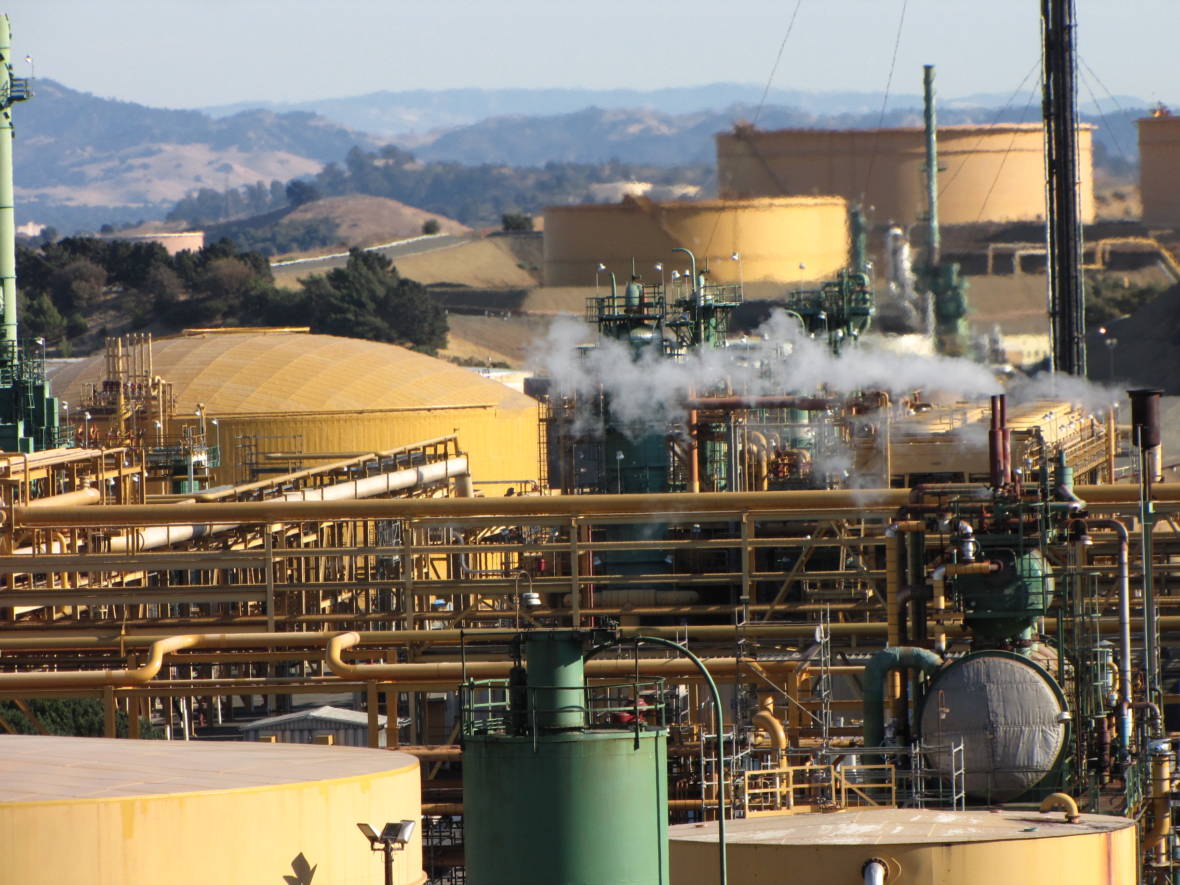Valero Benicia Refinery Discloses February 24 Incident Findings and Concludes Inquiry
The Valero Benicia Refinery has disclosed detailed information regarding the incident that led to the release of an unpleasant odor into the city of Benicia on February 24th and has formally concluded its investigation.
The sequence of events unfolded on Friday, February 23rd when a gas turbine malfunctioned in the Benicia Refinery Fluid Catalytic Cracker Unit, triggering emergency shutdown procedures and necessitating the rerouting of materials to “slop system” tanks. During this process, Tank 1738 was deactivated at around 4:13 a.m. on February 24th upon the discovery of liquid hydrocarbon on its roof.
By 5:30 a.m. the following morning, the Benicia Refinery’s Fence-line monitors detected elevated levels of Hydrogen Sulfide southwest of the Refinery, accompanied by the distinctive odor of H2S, commonly known as the smell of rotten eggs, permeating the city of Benicia.
The refinery promptly initiated an investigation, pinpointing hydrocarbon residue on the roof of Tank 1738 as the source of the odor. Cleanup operations commenced around 1 p.m. on February 24th, with personnel diligently working to remove the material until dusk. Operations resumed the next day, with spot cleaning efforts continuing until cleanup was completed on February 26th.
Initial estimates suggested approximately 83 gallons of refined hydrocarbon material had been involved. However, upon closer inspection during cleanup, it was determined that the material was a thin sheen, with an estimated volume of approximately 35 gallons. The majority of the material removed was rainwater.
An investigative team, comprising managers, engineers, and hourly operators, was assembled two days post-incident to determine its root cause and propose corrective measures. Data from various sources, including equipment monitoring trends and eyewitness accounts, were scrutinized.
The investigation revealed that the floating roof on Tank 1738 had slightly tilted, likely due to vapors entering the tank. While potential sources of lighter hydrocarbon materials were identified, insufficient data prevented the team from conclusively determining the source of the vapors.
However, the volume of material on the roof was deemed insufficient to cause offsite impacts, leading investigators to suspect a vapor release from the tank.
To address potential future incidents, the refinery plans to convene a meeting with the City of Benicia and Solano County Certified Unified Program Agency by September 30th. The focus will be on devising engineering solutions for potential slop sources, implementing monitoring and alarm systems, and exploring procedural enhancements to mitigate the risk of vapor release.
While further actions will be discussed during the meeting, the refinery has officially closed its investigation into the incident.
Image source: Craig Miller/KQED


